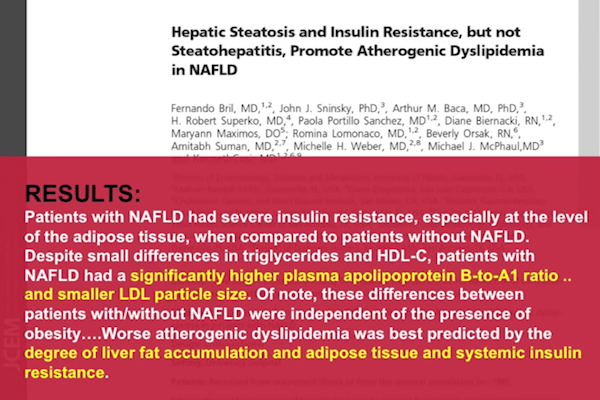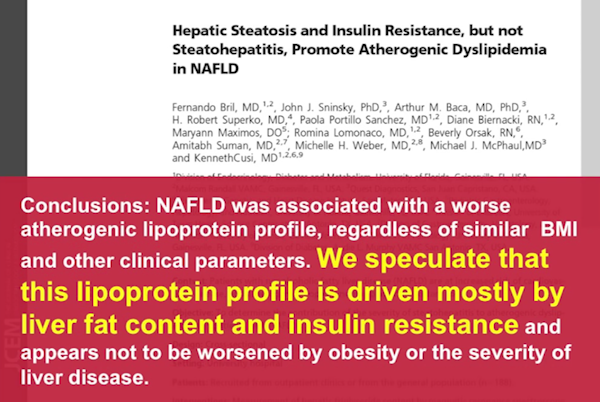Being obese on it's own is not a health problem. However obesity has a cause, the hormone system that regulates your body, the homeostat is damaged. The signals that regulate your eating and exercise and sleeping don't function well. The system is broken.
The CAUSE of this broken homeostat may be argued about, and that argument is largely unhelpful. Dr Tim Noakes thinks it's caused by carbohydrate intolerance, which gives rise to insulin resistance. So there is a chain of events. We eat excessive carbohydrate for twenty or more years, and at first the body adapts by producing large quantities of insulin to keep blood sugars regulated. You can eat what you like and there appears to be no health or weight problems. Eventually the body tries to protect itself from this dietary abuse. You might name that protection carbohydrate intolerance based on the dietary cause, or call it insulin resistance based on the bio-chemical cause. We usually use the term insulin resistance or IR.
Insulin Resistance is a systematic reaction to excess insulin in the vascular system for a long time. The vascular system becomes damaged, throughout the body, it reaches the smallest capillaries in all your organs, and we see the effect directly in diabetes, where circulation is damaged in the limbs, in the eyes and in the heart.
NAFLD - is nonalcoholic fatty liver disease.
Hepatic - refers to the liver.
Atherogenic Dyslipidemia - refers to elevated levels of triglycerides (TG) and small-dense low-density lipoprotein and low levels of high-density lipoprotein cholesterol (HDL-C).
Steatosis - is fat accumulation in liver. This is not painful and may go unnoticed for a long period of time. In severe cases, the liver can increase to over three times its normal size.
Steatohepatitis - is a type of fatty liver disease, characterized by inflammation of the liver with concurrent fat accumulation in liver.
Cardiovascular disease (CVD) remains the leading cause of death in patients with NAFLD. Atherogenic dyslipidemia is believed to play a critical role in the development of CVD in patients with NAFLD. Unfortunately, the standard blood tests for plasma triglycerides, HDL-C, and low-density lipoprotein cholesterol (LDL-C), often fail to provide the information needed to predict future cardiovascular risk .
 |
| Click to enlarge |
|---|
The study required a biopsy taken in hospital. It found that there is a close relationship between nonalcoholic fatty livers and both obesity and insulin resistance. Where these three characteristics are found there was a significantly higher plasma apolipoprotein B to apolipoprotein A1 ratio, and smaller LDL particle size. This is a good predictor of future heart disease.
We can expect that most people who are overweight also have excess liver fat that will at some stage reduce the function of the liver and reveal itself as disease. It's the excess carbohydrate in the diet that drives insulin and enables the storage of fatty deposits, both in the liver and around the hips and belly.
 |
| Click to enlarge |
|---|
Type two diabetes, and heart disease develop over a long period of time. The best time to act is ten years before the disease becomes obvious. Since most people are unaware of the warning signs, they get very sick first and then choose to act. Even at that late stage, adopting a better diet, such as the Banting Diet, will significantly improve one's health outcomes.
Abnormal homeostatic regulation precedes the onset of metabolic syndrome and cardiovascular diseases. The availability of glucose and insulin are important regulatory elements.
 |
| Click to enlarge |
|---|
Here we highlight the role of dietary input, specifically carbohydrate intake, in the mechanism of metabolic regulation causing metabolic syndrome. The key principle is that carbohydrate, directly or indirectly through the effect of insulin, controls the disposition of excess dietary nutrients.
The diagram demonstrates the advantages of the Banting Diet or a similar LCHF diet. A high-fat diet reverses all coronary risk factors more efficiently than a low-fat diet, as demonstrated in the graph.
In the past, the value of lifestyle modification has been largely ignored. The results from low-carbohydrate diet trials, have shown reduced cardiovascular risk, and reductions in inflammation.
The data suggests that some form of carbohydrate restriction is a candidate to be the preferred dietary strategy for cardiovascular health, beyond weight regulation.
 Nonalcoholic Fatty Liver Disease
Nonalcoholic Fatty Liver Disease